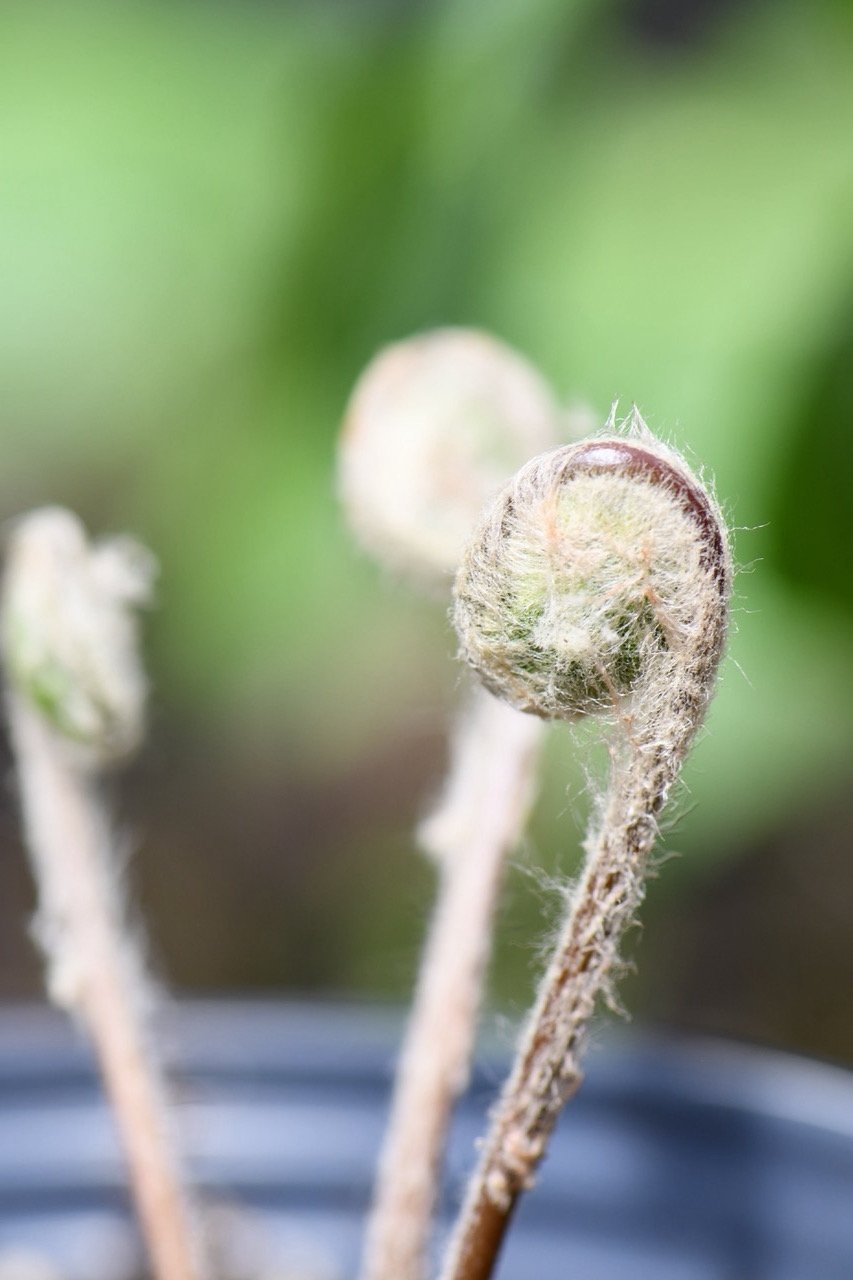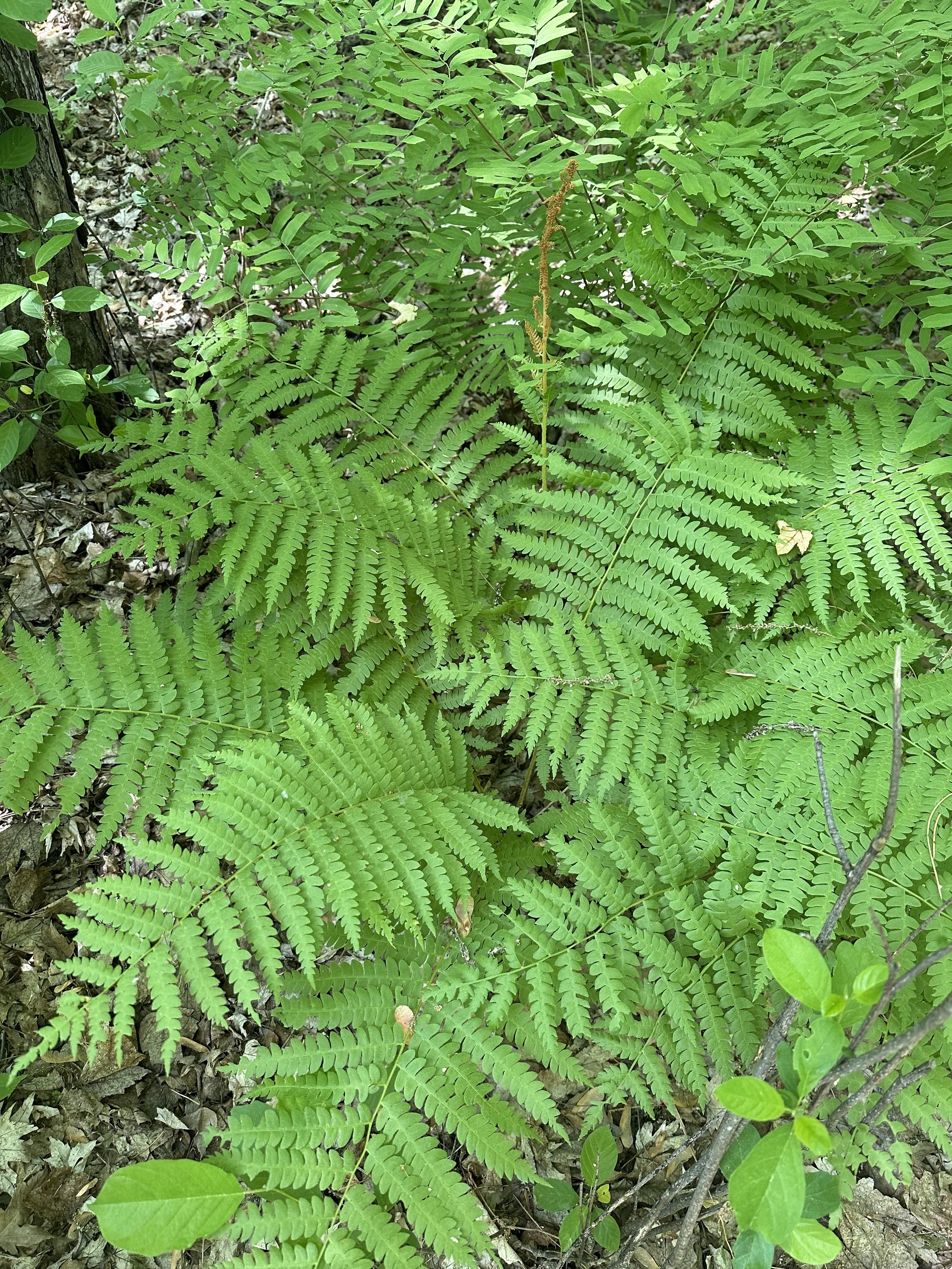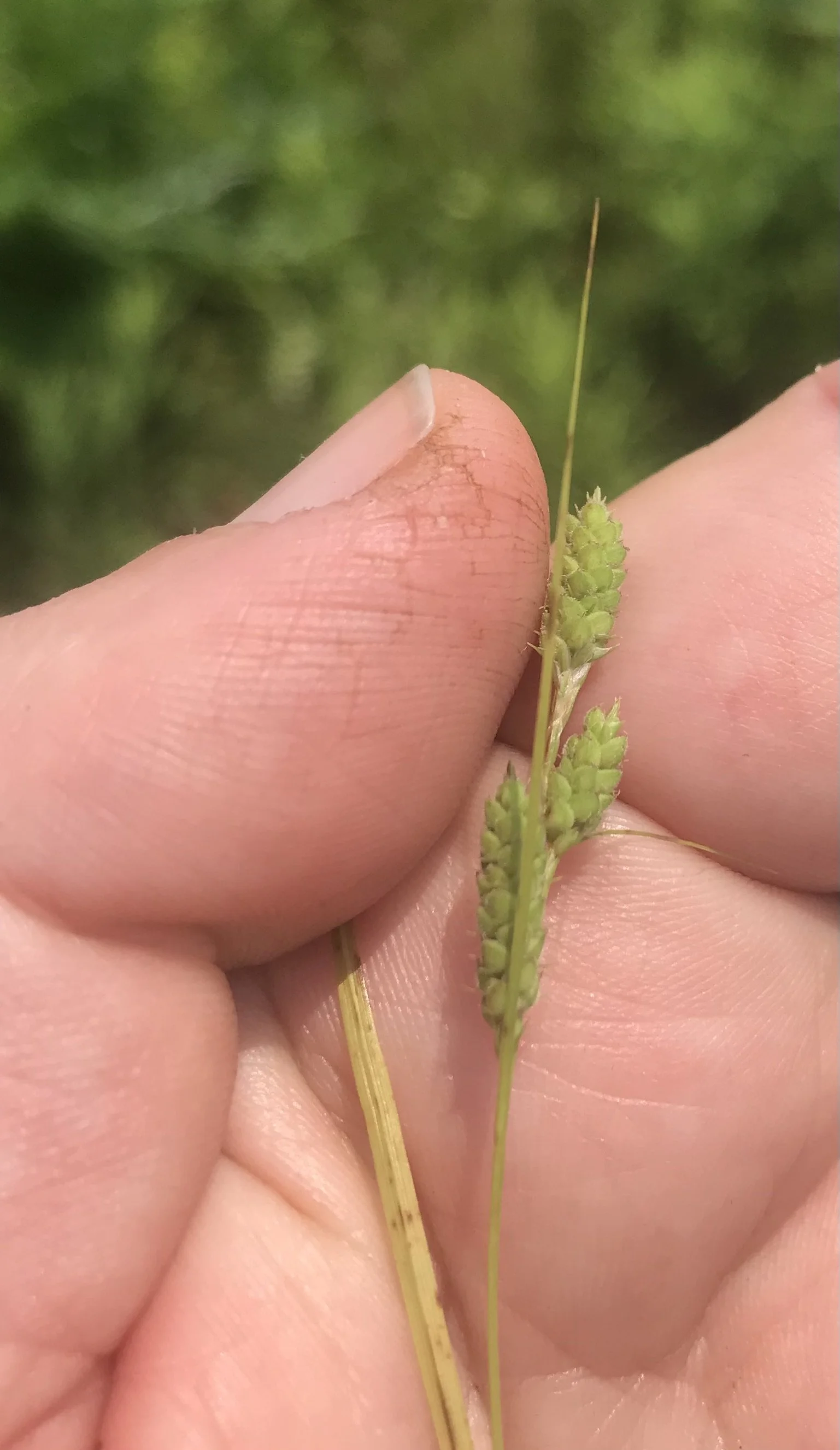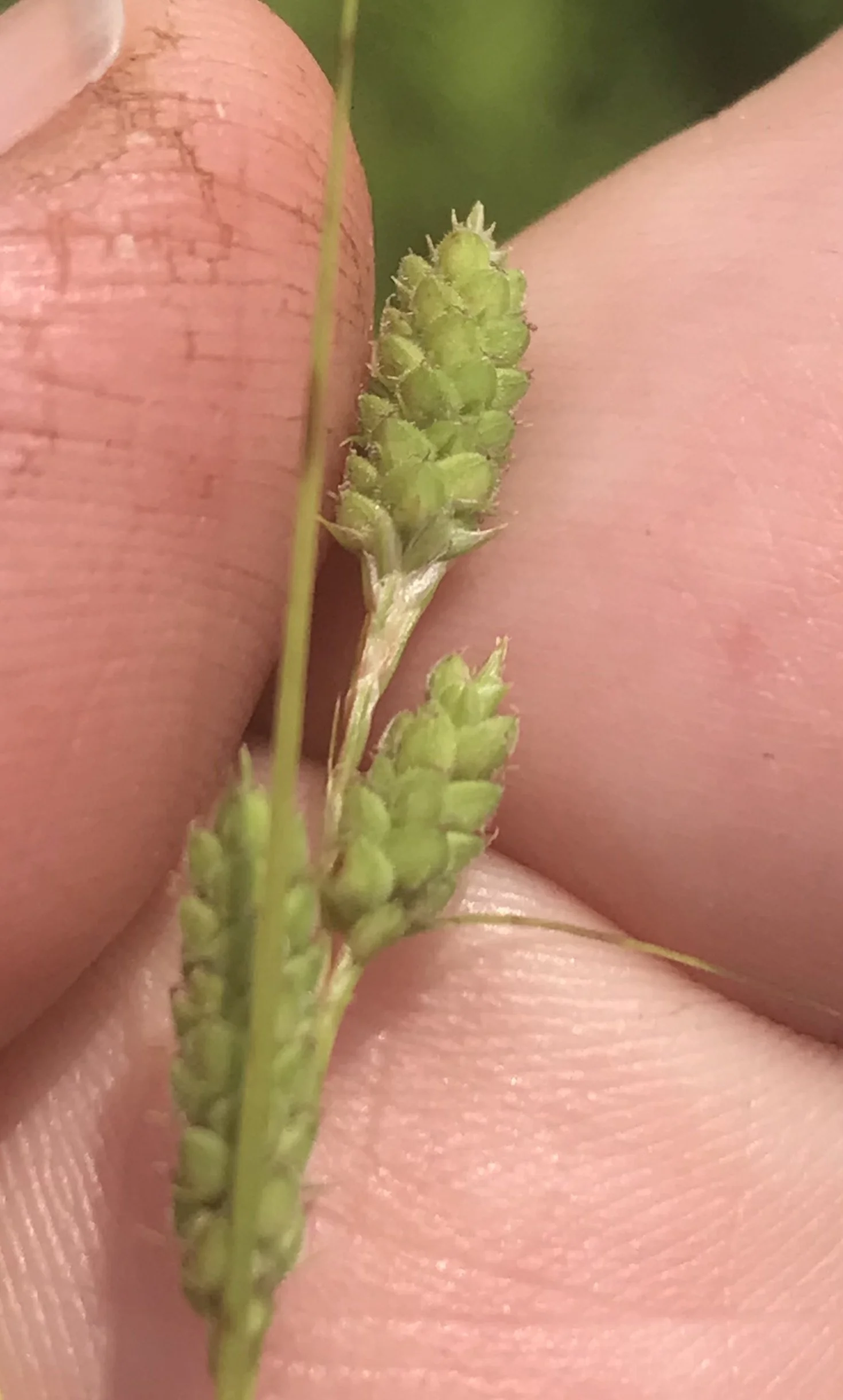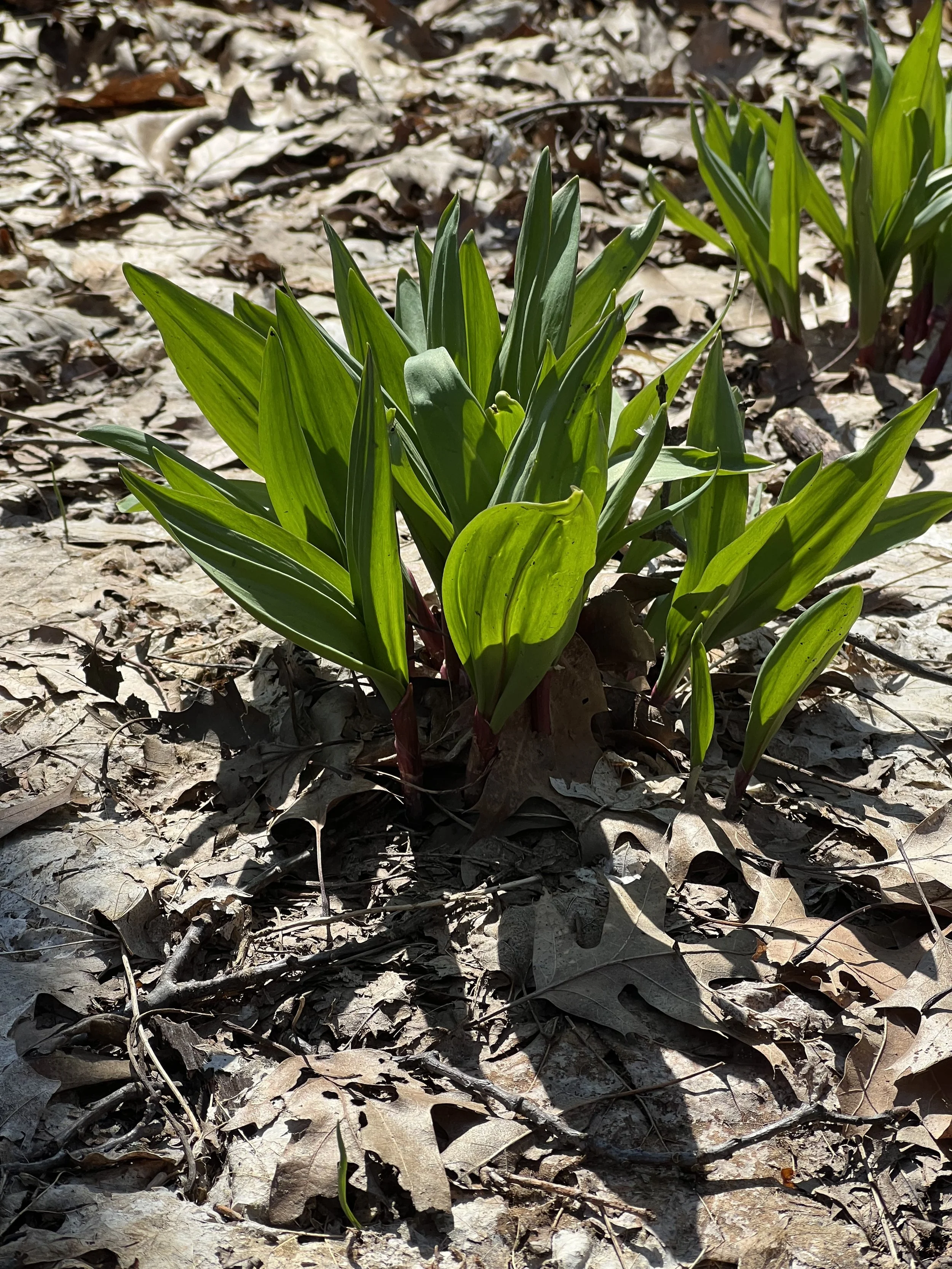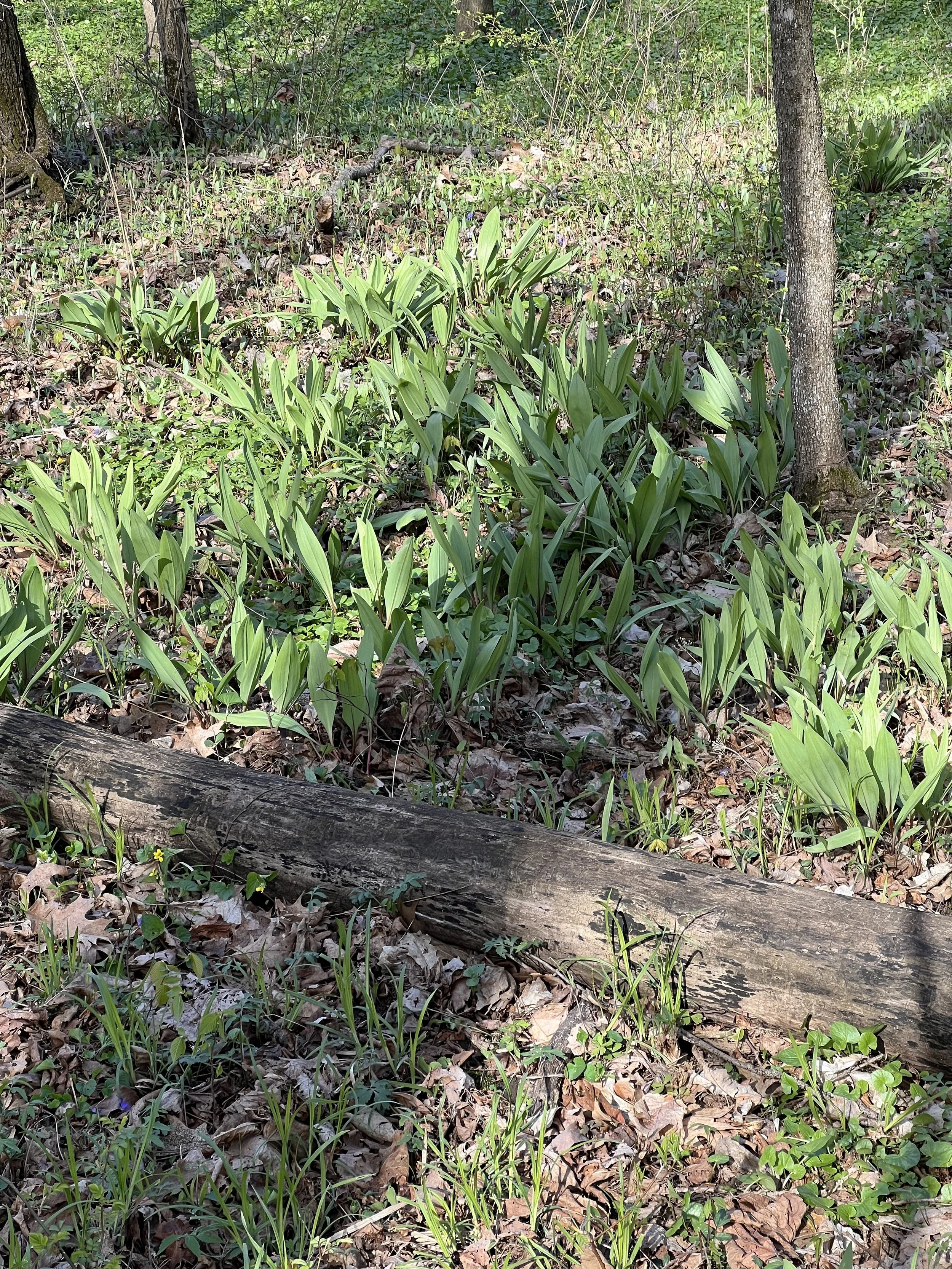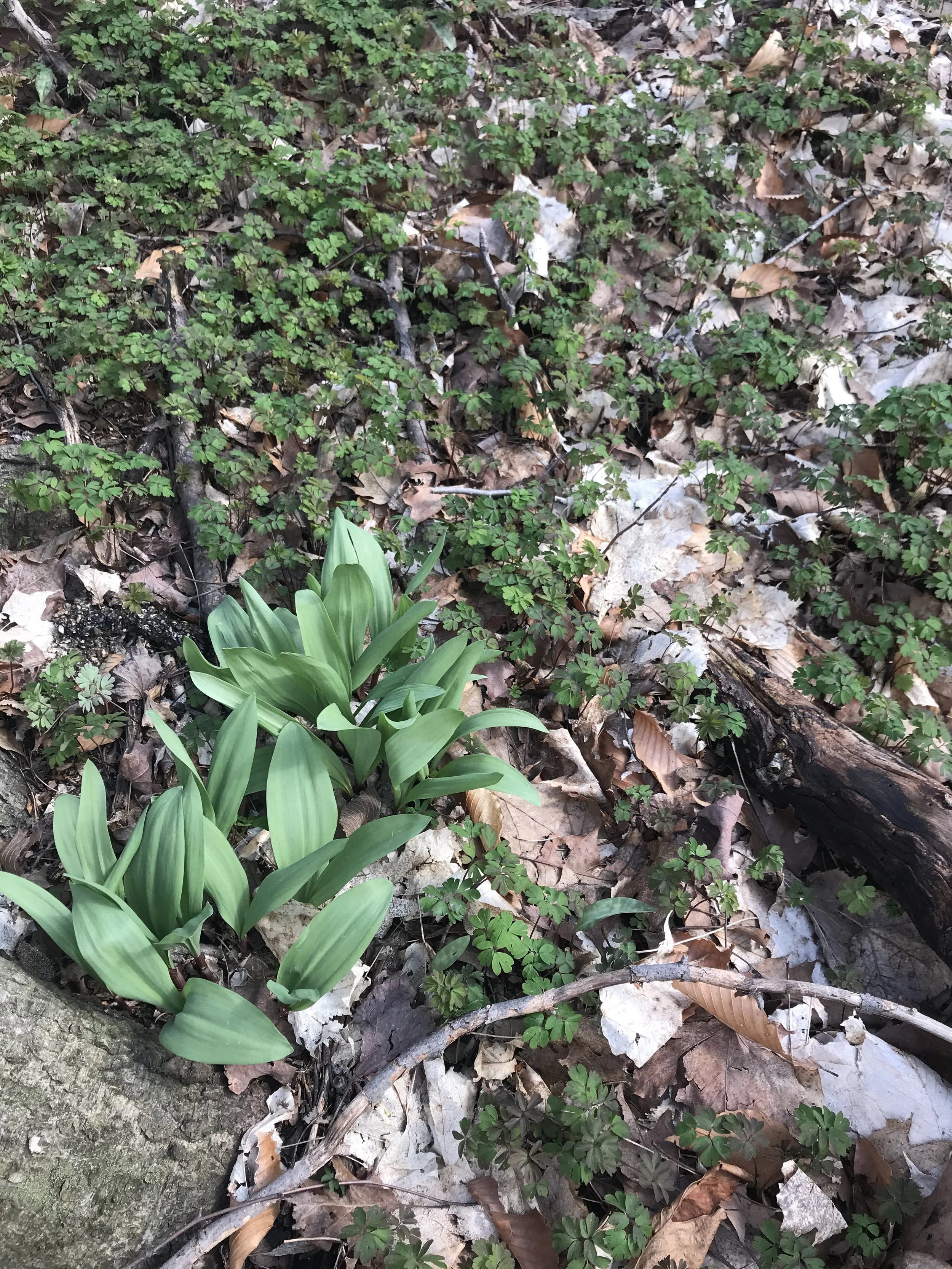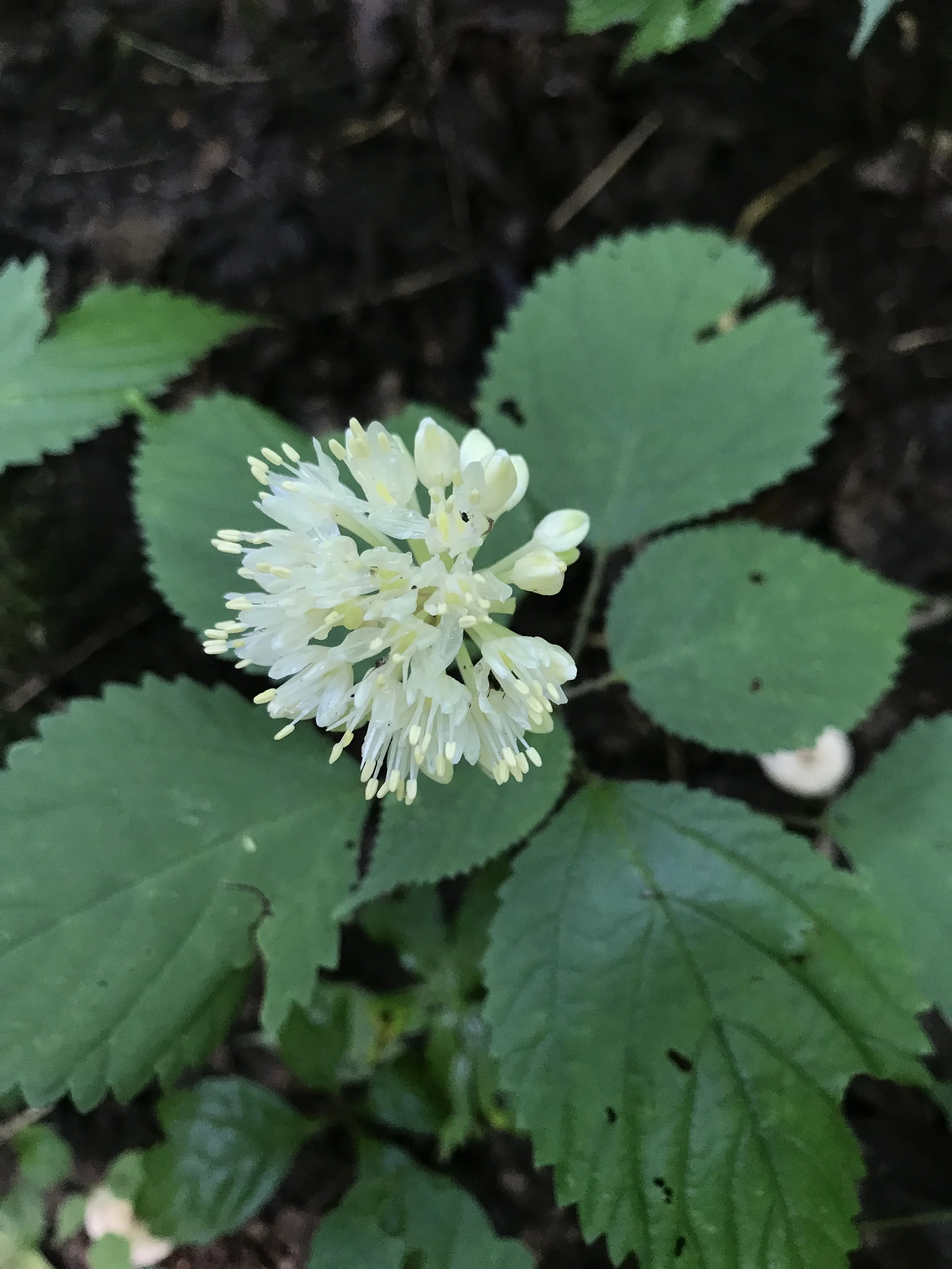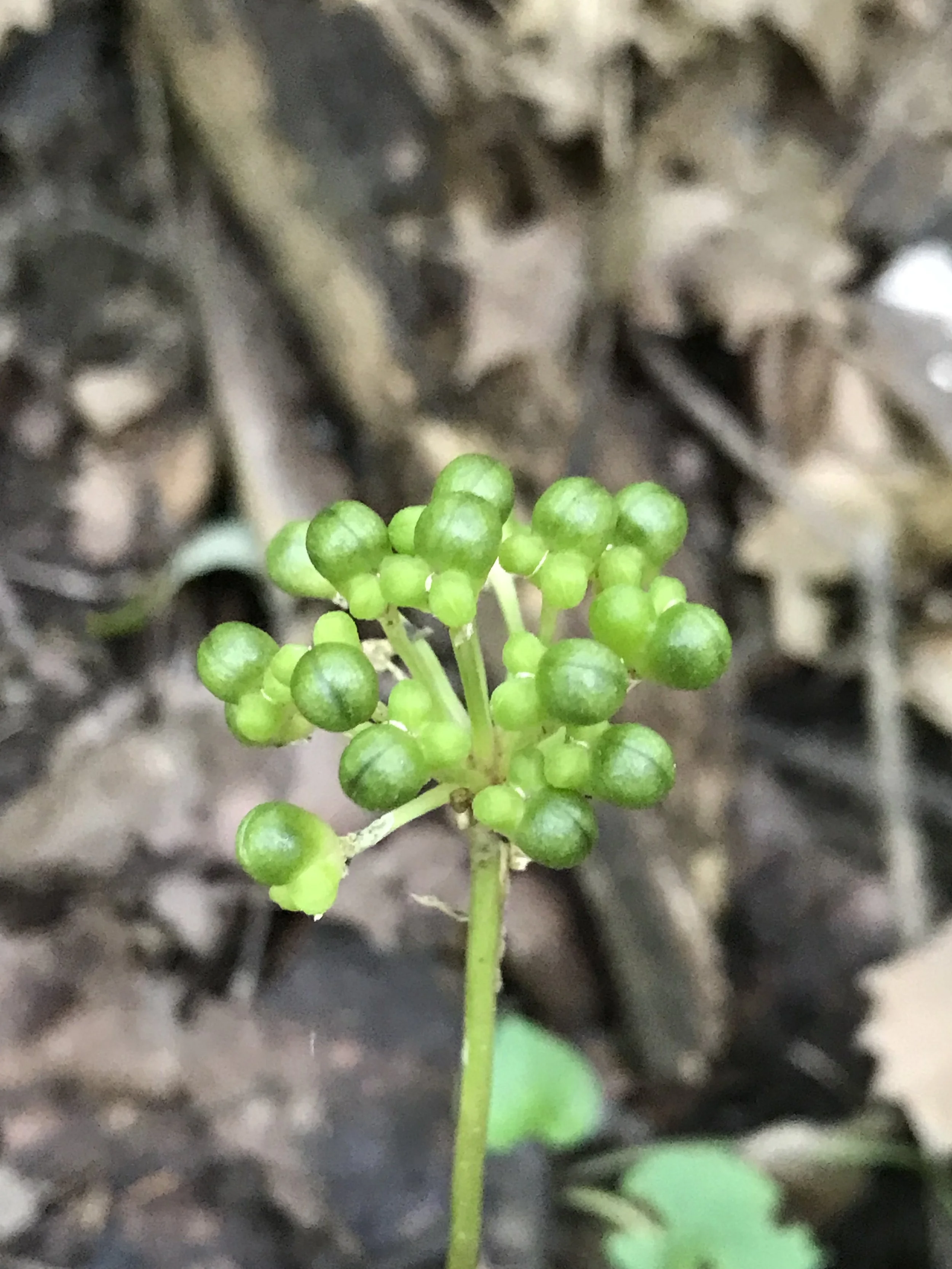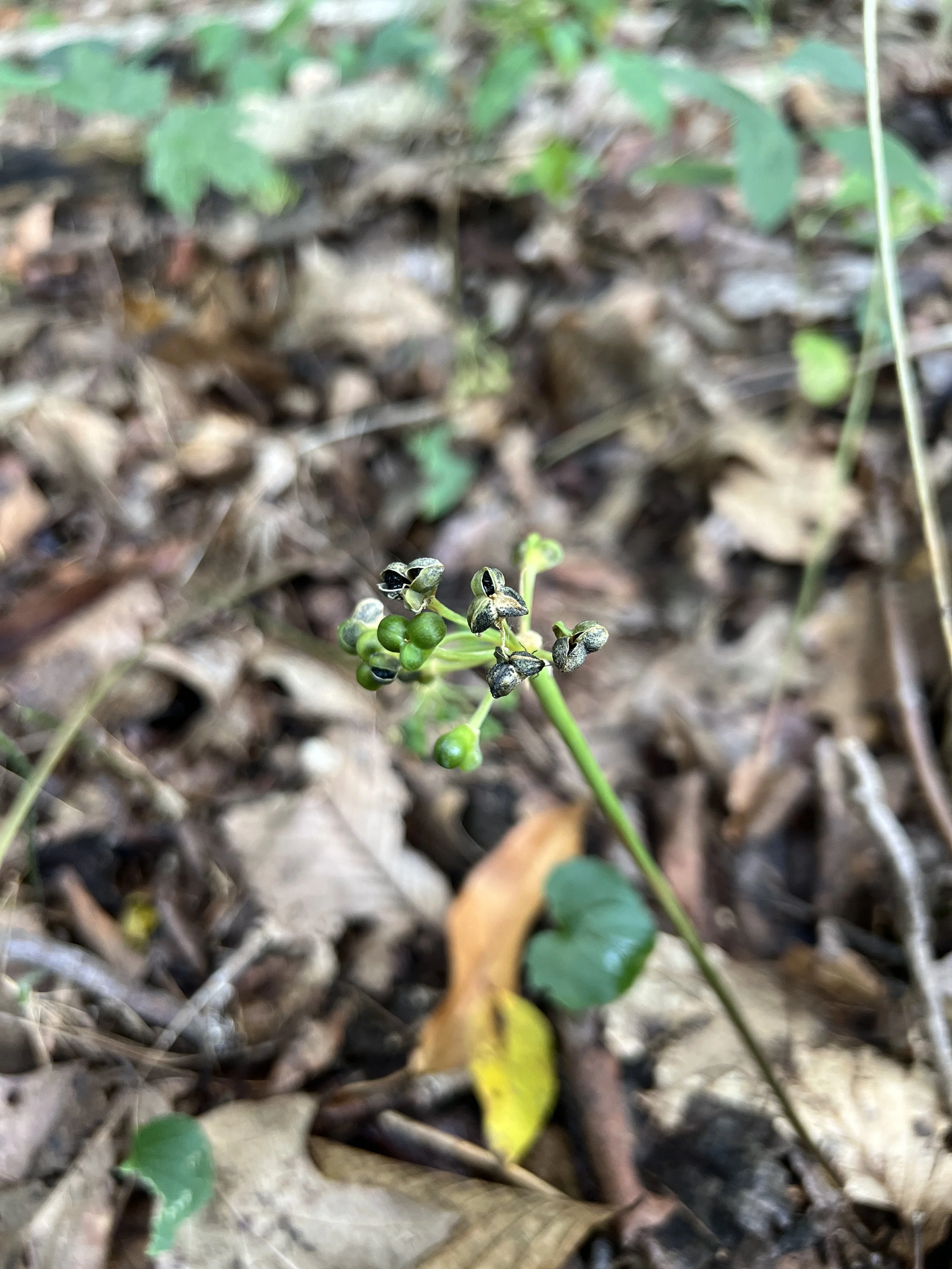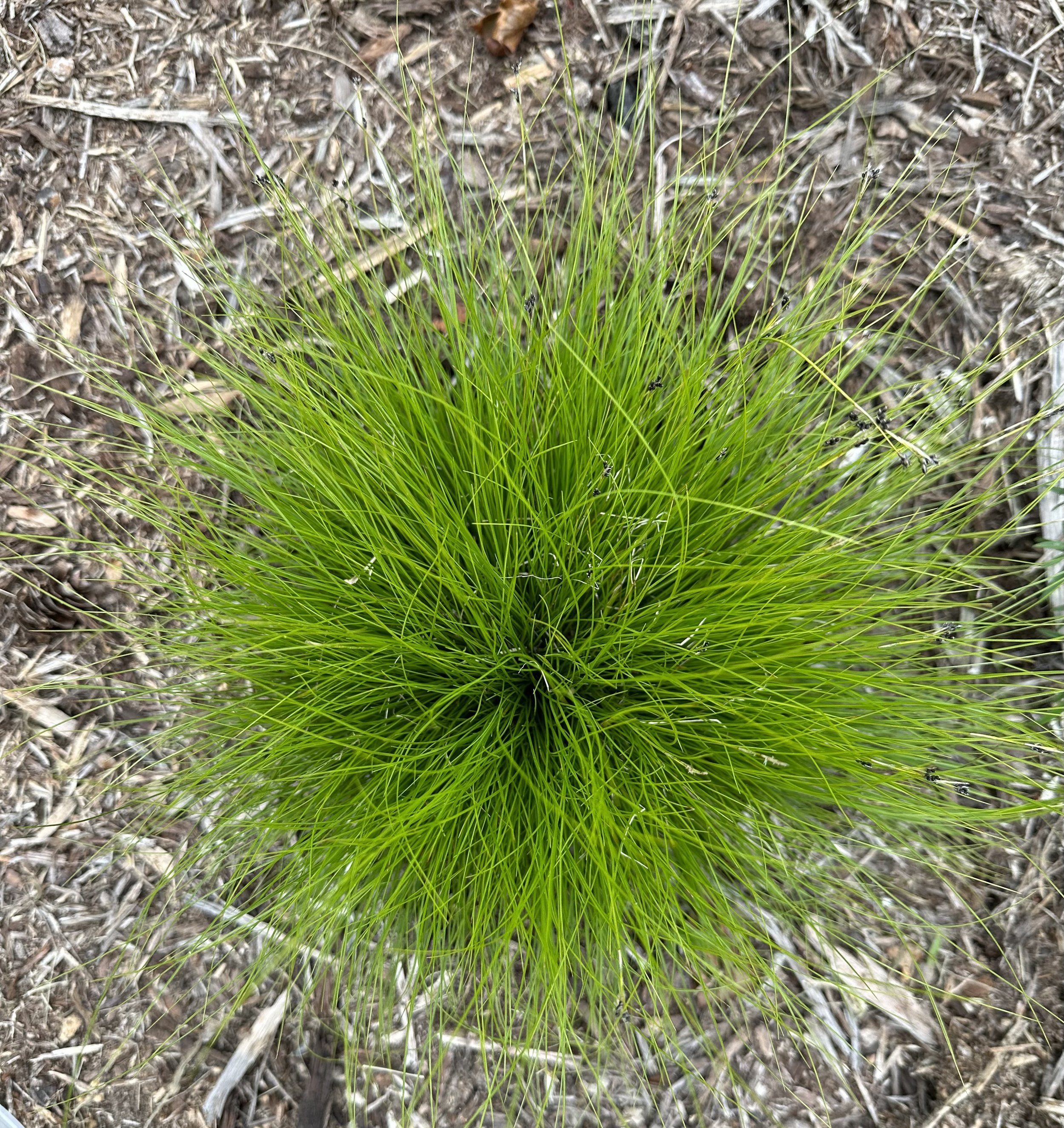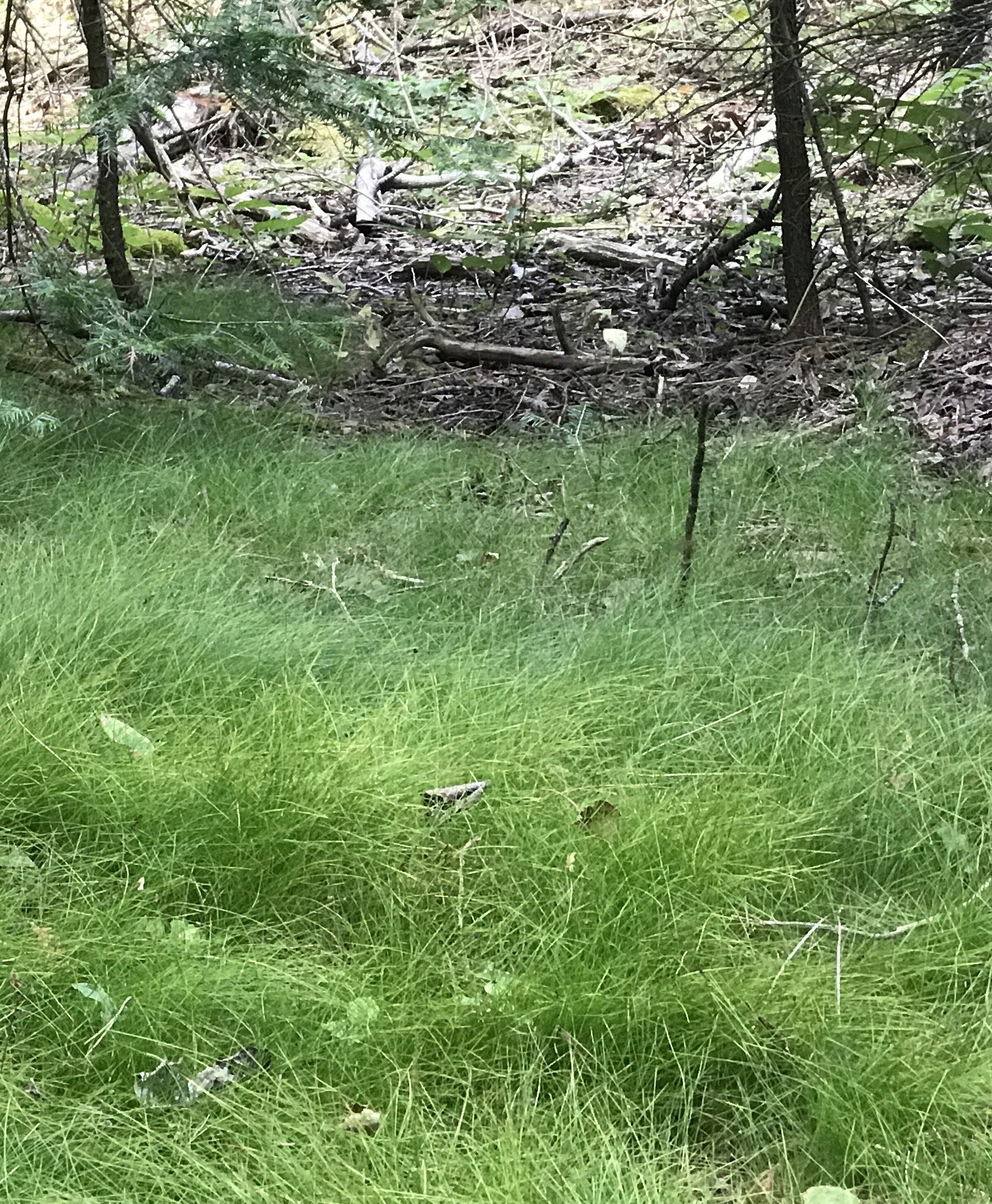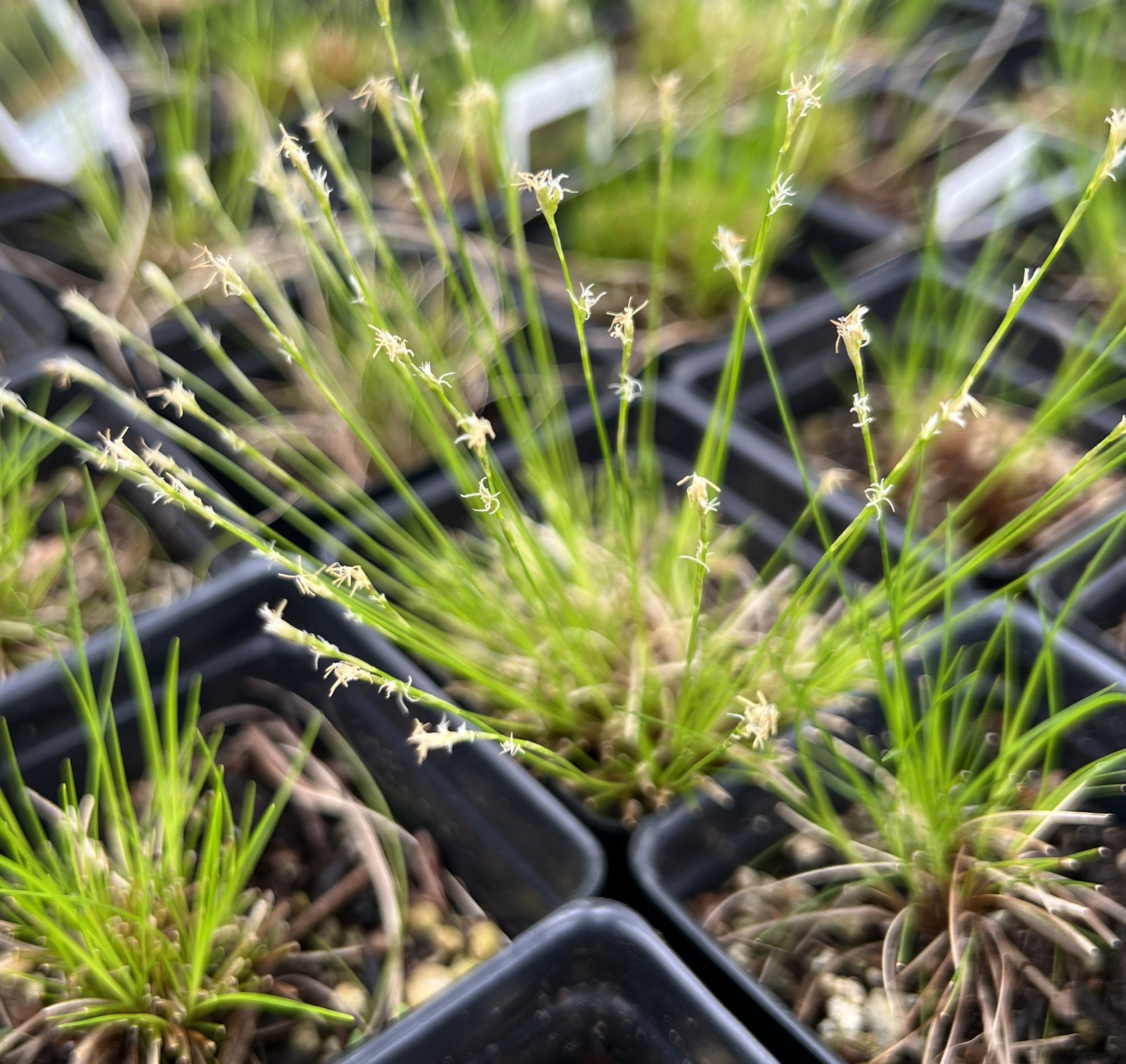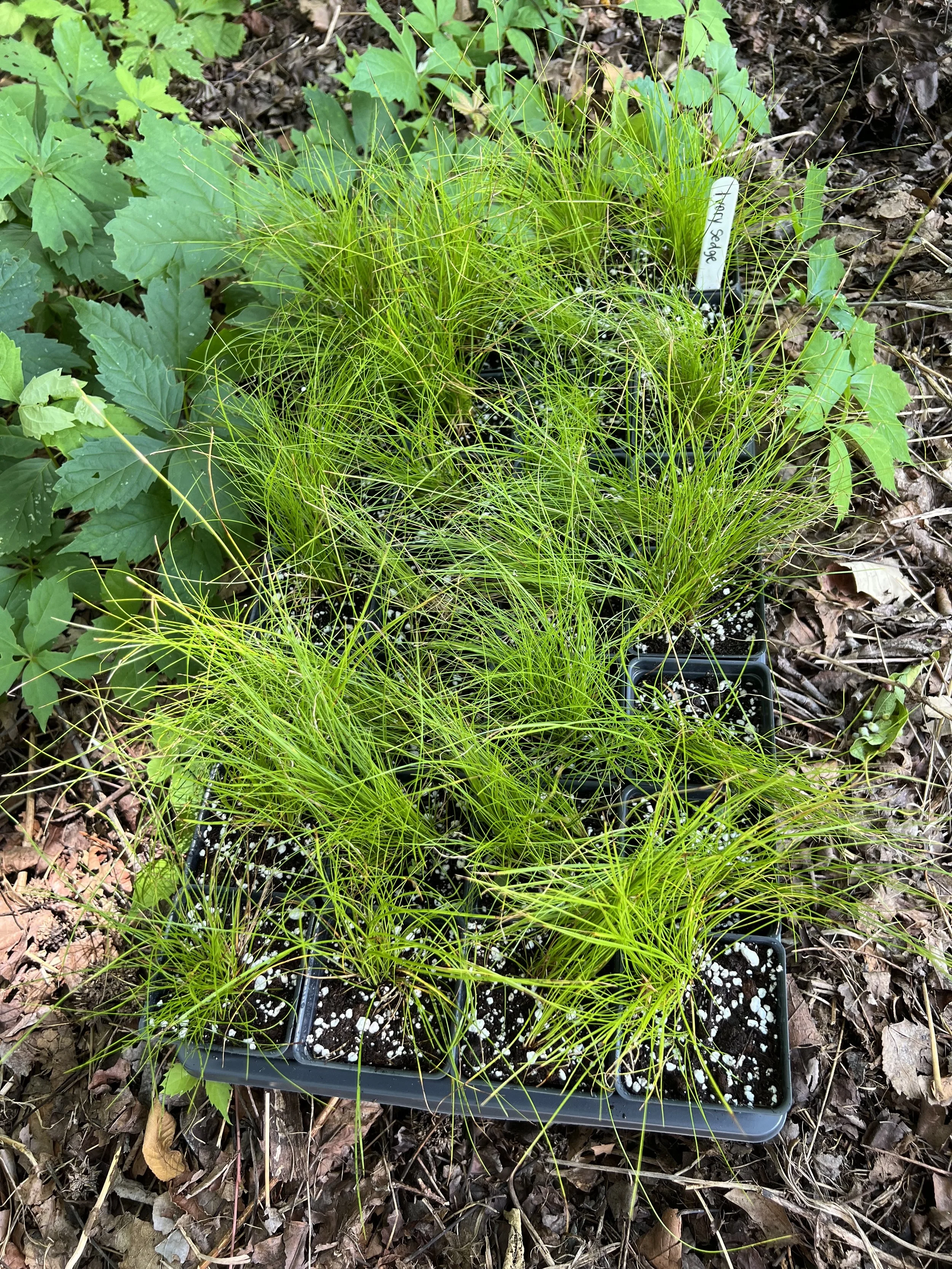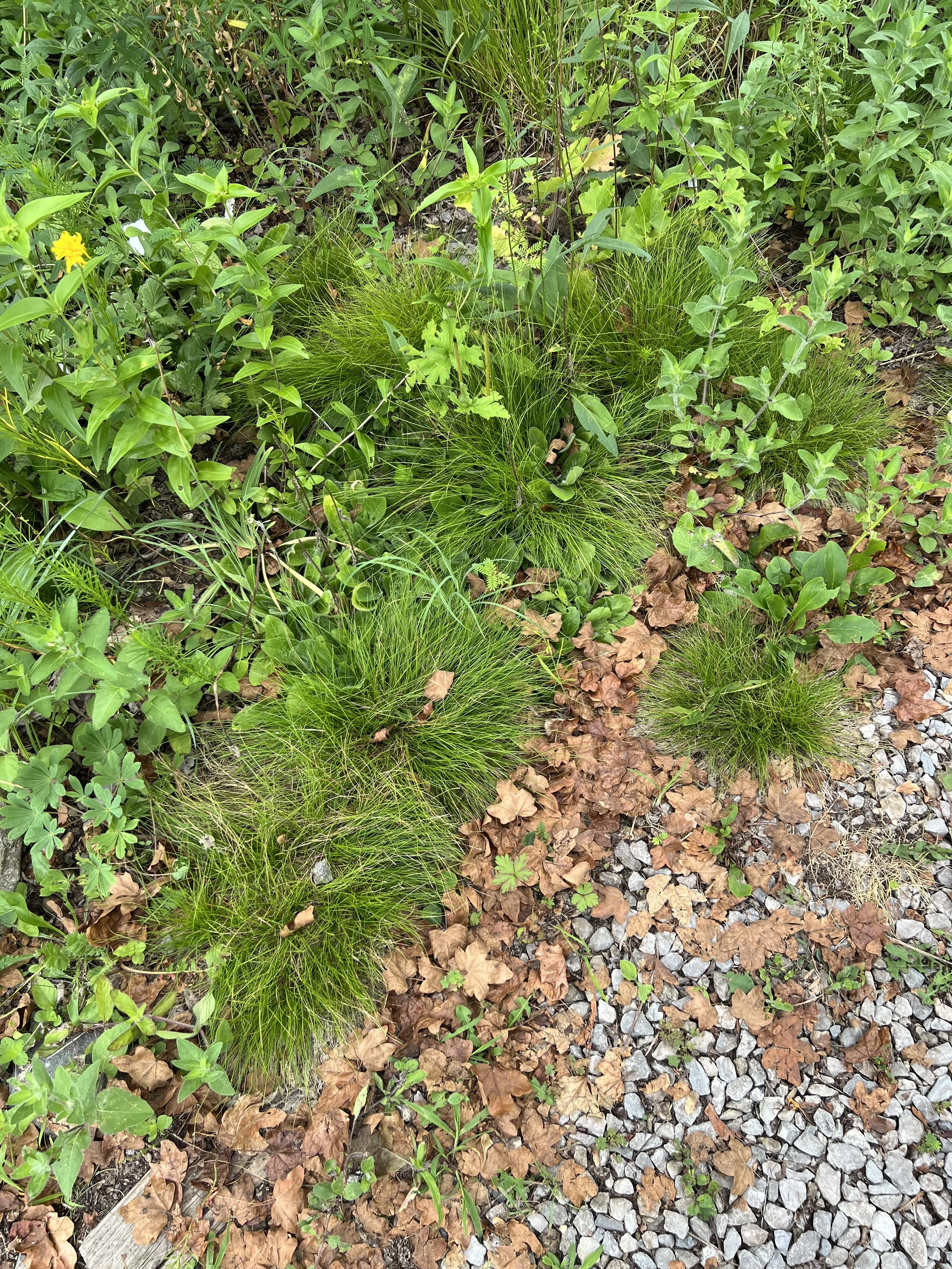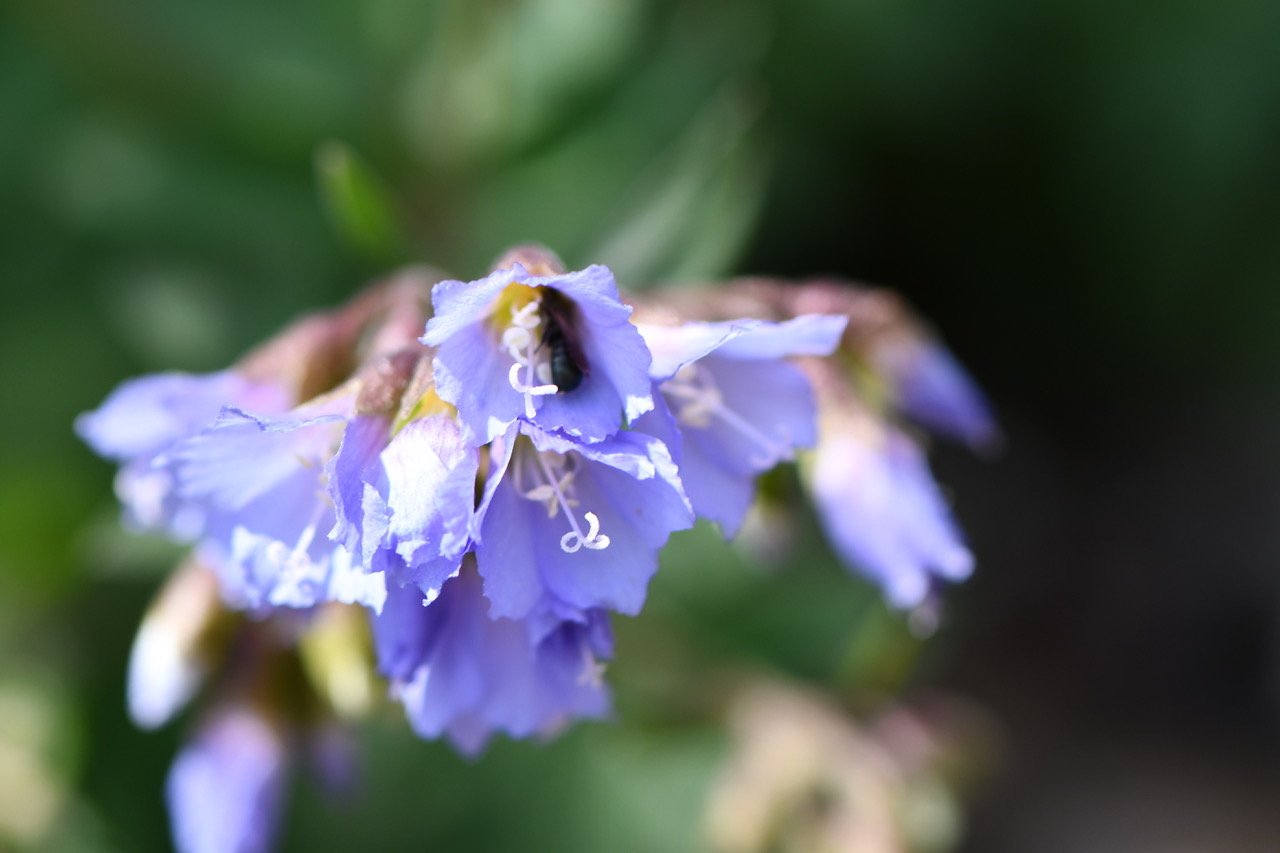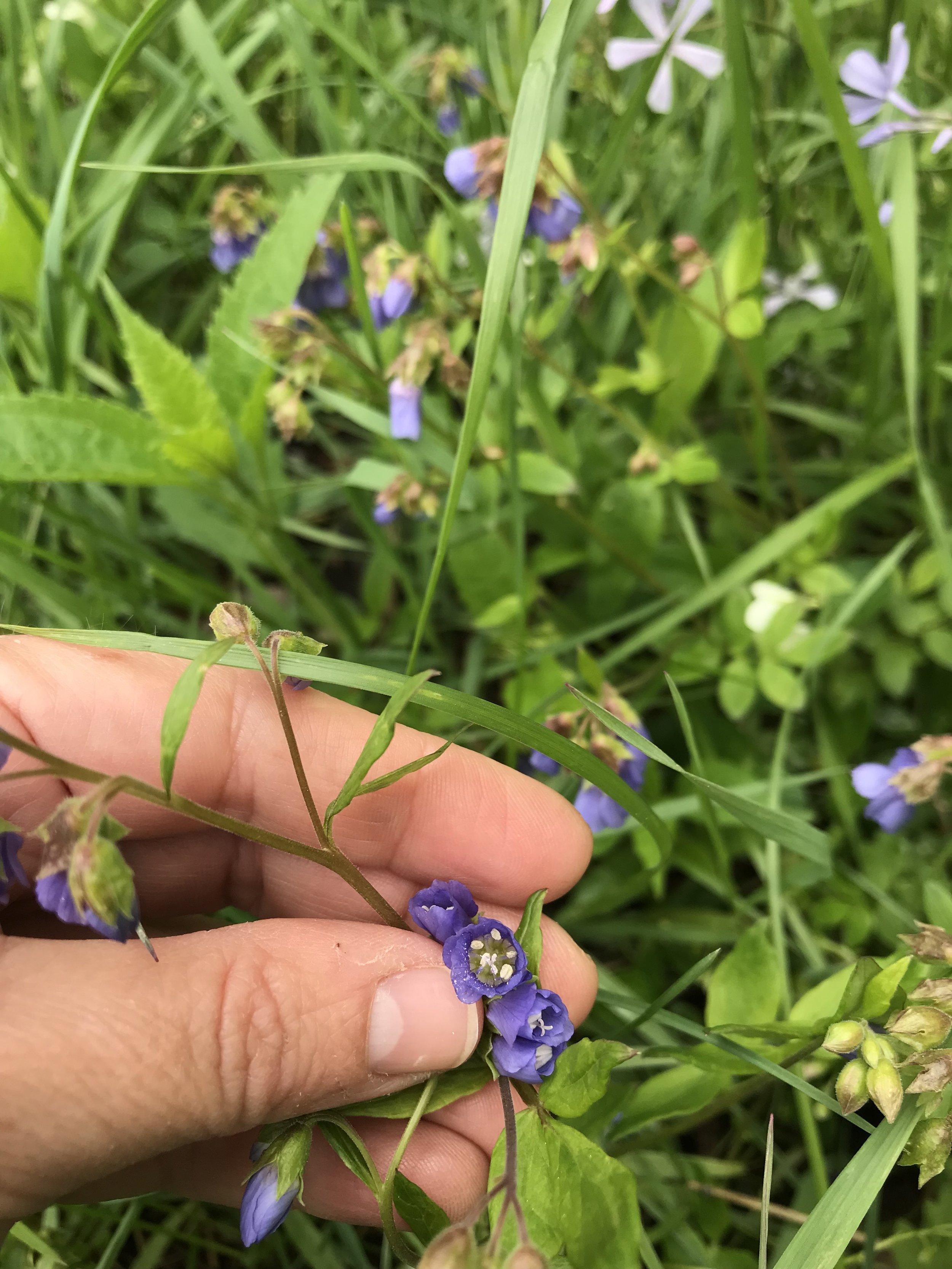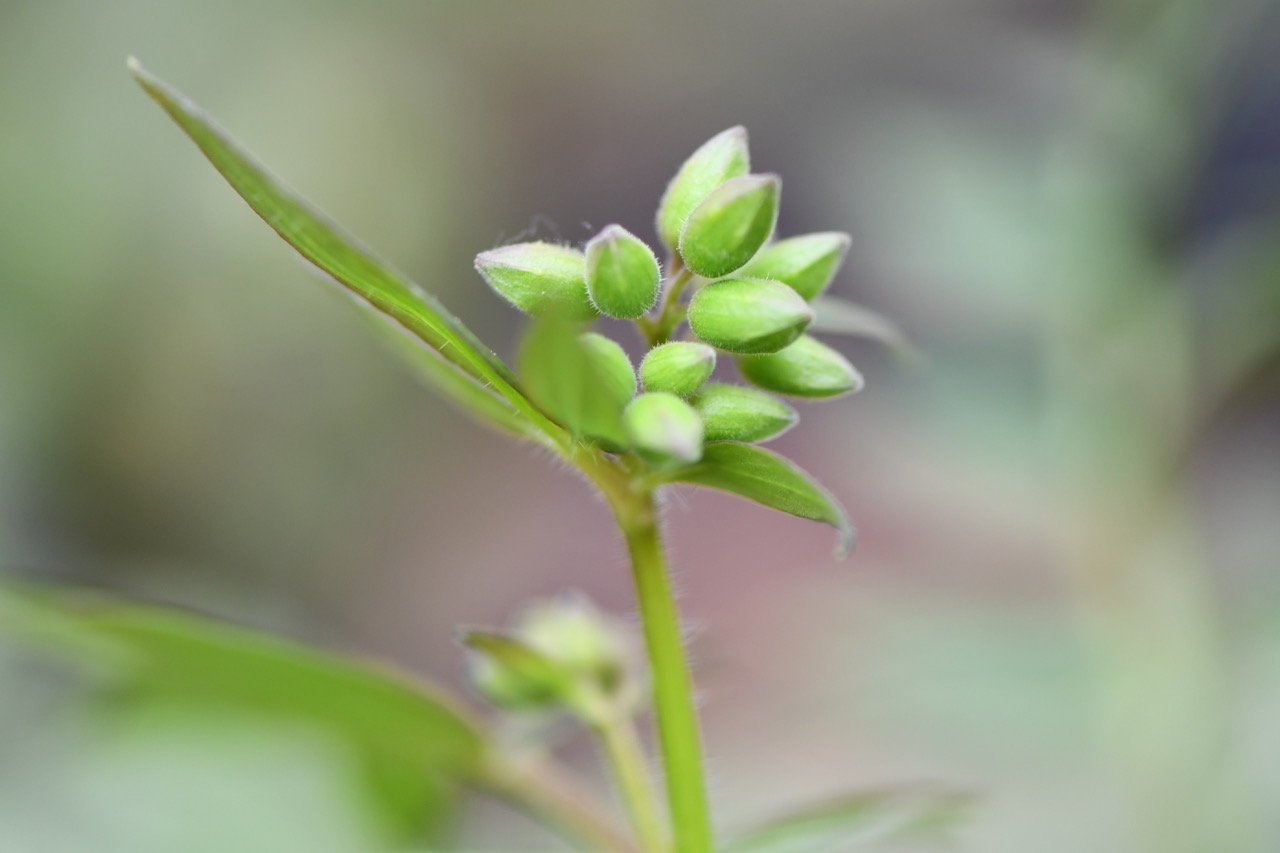 Image 1 of 9
Image 1 of 9

 Image 2 of 9
Image 2 of 9

 Image 3 of 9
Image 3 of 9

 Image 4 of 9
Image 4 of 9

 Image 5 of 9
Image 5 of 9

 Image 6 of 9
Image 6 of 9

 Image 7 of 9
Image 7 of 9

 Image 8 of 9
Image 8 of 9

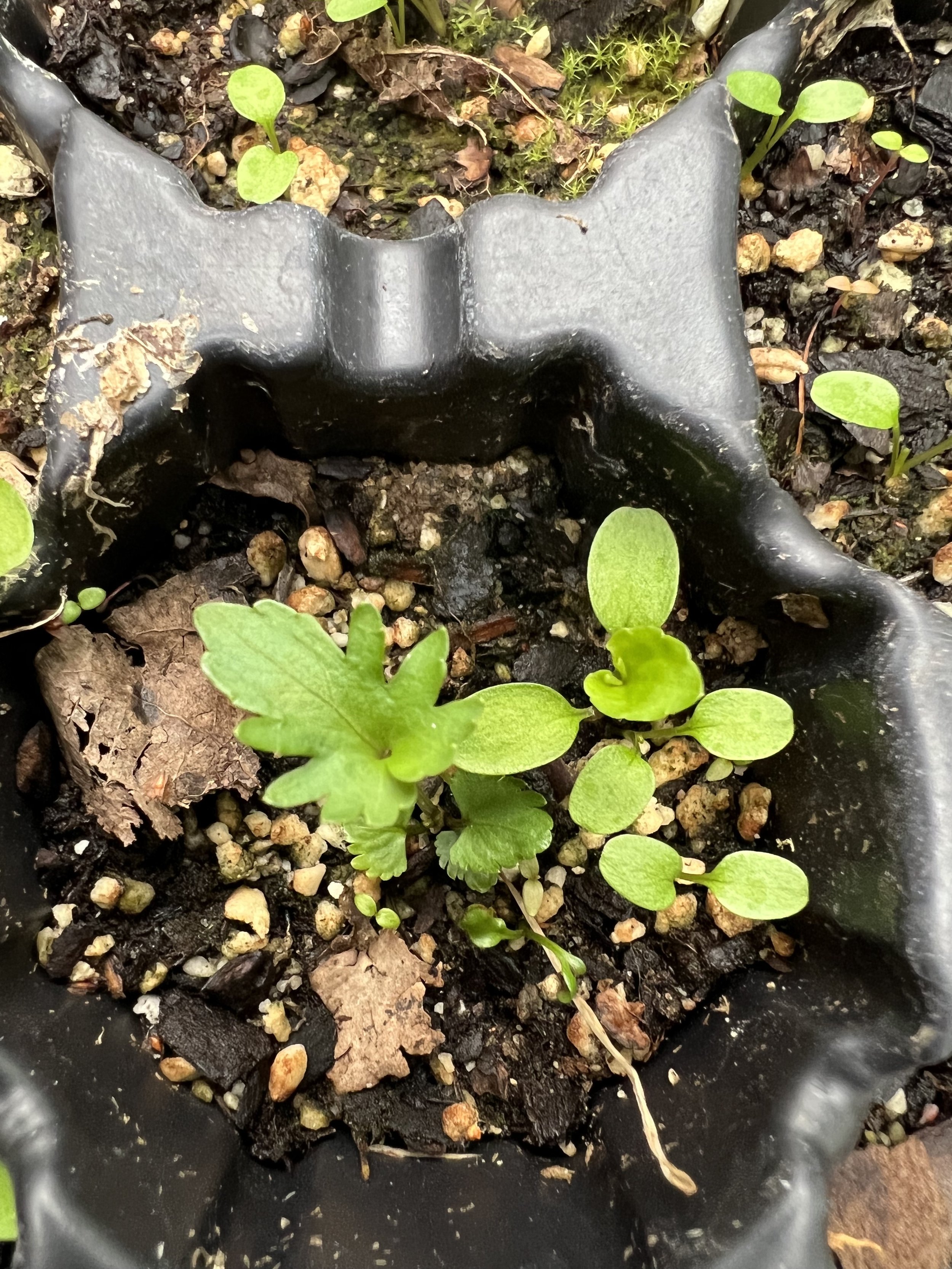 Image 9 of 9
Image 9 of 9










Wavy-leaved Violet (Viola subsinuata)
from $3.50
Sold Out
This violet is rather unique in Michigan. Sally found this violet on her land. She had a young botanist come to ID plants on her property and initially it was labeled Viola palmata (Wood Violet) because it bore the closest resemblance in Michigan Flora to the violets she had. See below for a link to Native Plant Trust’s page about Viola subsinuata.
Quite rare in Michigan, Viola subsinuata is an open woodland plant that occurs in rich soil often over calcareous soil. The natural range of this violet is the Great Lakes area as well as the Appalachian Mountains. See note below.
Also known as Early Blue Violet, the flowers are similar to the common violet Viola sororia. We chose to call this plant by its other common name as it is more descriptive: Wavy-leaved Violet.
Wavy-leaved Violet (Viola subsinuata)
Native Plant Trust Go Botany reference page: Wavy-leaved Violet
height: 6-12 inches
bloom time: May-June
soil: medium, rich
sun: partial, shade
plant spacing: 8”
flower: purple
life cycle: perennial
familly: Violaceae
Sizes:
Get notified by email when this product is in stock.
This violet is rather unique in Michigan. Sally found this violet on her land. She had a young botanist come to ID plants on her property and initially it was labeled Viola palmata (Wood Violet) because it bore the closest resemblance in Michigan Flora to the violets she had. See below for a link to Native Plant Trust’s page about Viola subsinuata.
Quite rare in Michigan, Viola subsinuata is an open woodland plant that occurs in rich soil often over calcareous soil. The natural range of this violet is the Great Lakes area as well as the Appalachian Mountains. See note below.
Also known as Early Blue Violet, the flowers are similar to the common violet Viola sororia. We chose to call this plant by its other common name as it is more descriptive: Wavy-leaved Violet.
Wavy-leaved Violet (Viola subsinuata)
Native Plant Trust Go Botany reference page: Wavy-leaved Violet
height: 6-12 inches
bloom time: May-June
soil: medium, rich
sun: partial, shade
plant spacing: 8”
flower: purple
life cycle: perennial
familly: Violaceae
Note: Sally seems to live on land with higher calcareous content. We also found Carex granularis occuring naturally near her pond, which is partial to calcareous, wet settings around the state.
Michigan Flora has a bit of discussion about this. They consider this violet to be a part of a highly variable Viola palmata.


